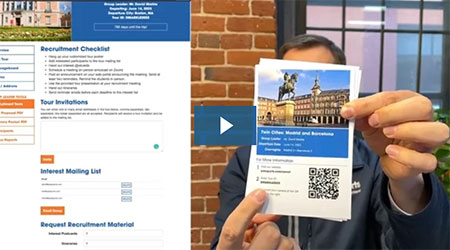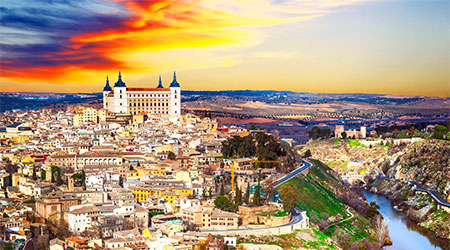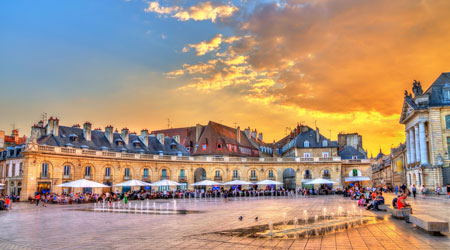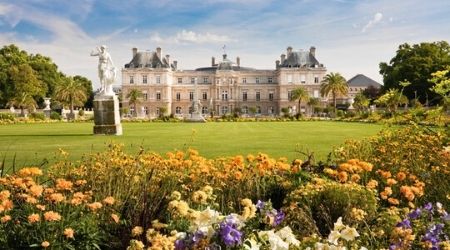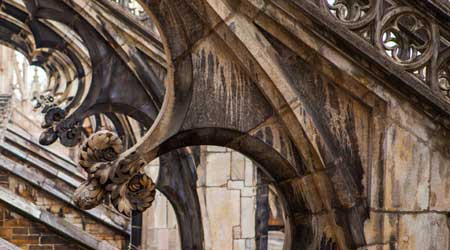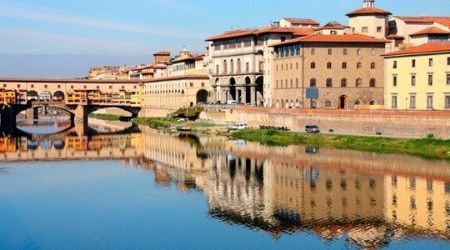January 20, 2017
Sagrada Familia: Gaudí's Masterpiece
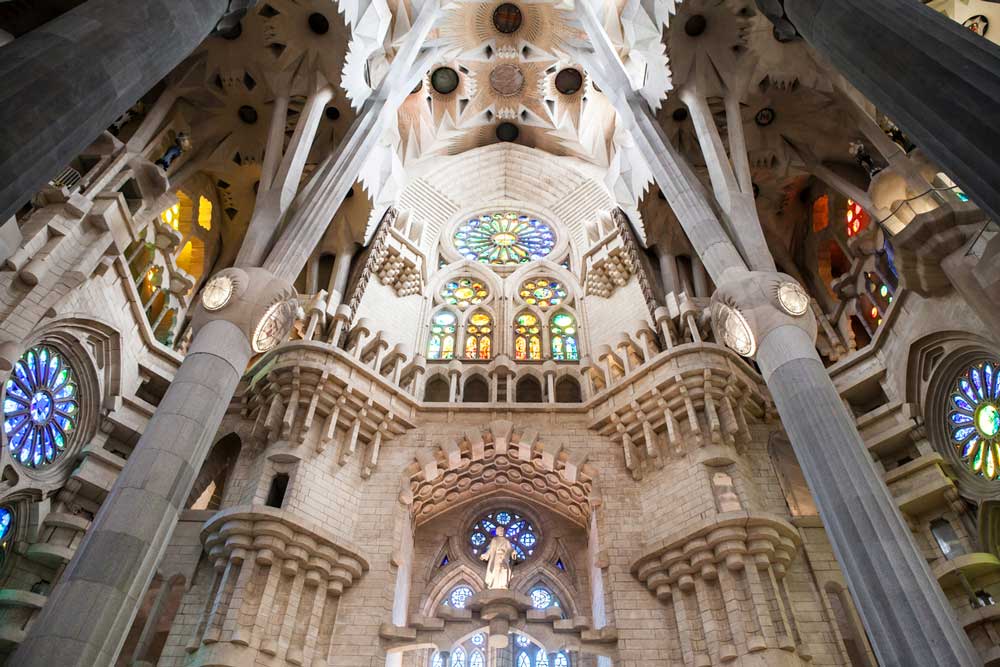
Antoni Gaudí was a brilliant Spanish Catalan architect famed for his distinctive style and unique designs that were far ahead of his time. He lives on through his masterpieces that are scattered throughout Barcelona, often called “The City of Gaudí.”
His unique architectural designs are easy to spot and one in particular, perhaps his most famous, is hard to miss. La Sagrada Familia is a Roman Catholic church with towers that soar high above the city. Antonio Gaudí was chosen as its chief architect in 1883, at the age of 31. For more than forty years, he worked to create a unique and enormous sanctuary. Once it’s finished, the central tower will reach 558 feet tall. Antoni Gaudí's renowned unfinished church has been under construction for over a century. It’s set for completion in 2026, exactly 100 years after his death.
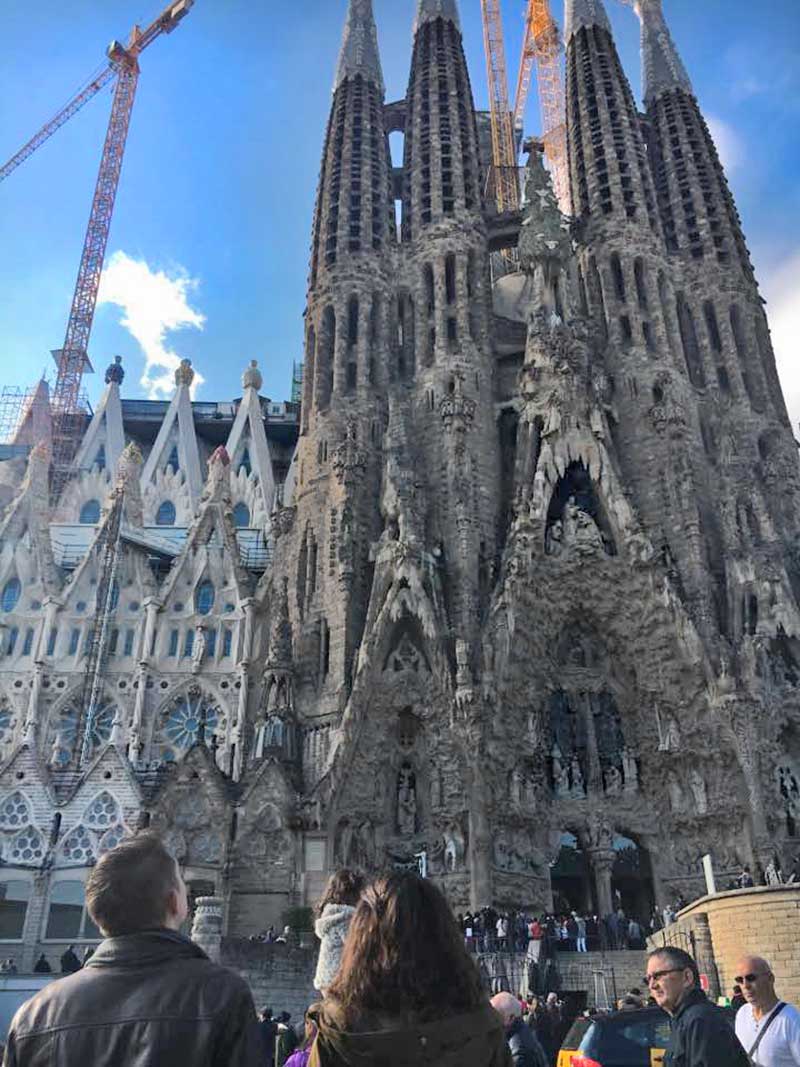
As stunning as Sagrada Familia is from afar, its elaborate details can only be justly appreciated up close. Gaudí’s intention when designing the church was to express the message of the Evangelists through architecture, color and light. Each of its 18 towers has a special significance to Christianity. The central tower is dedicated to Jesus Christ and the four surrounding towers are dedicated to the four Evangelists. The tower crowned by a star represents Jesus’ mother, the Virgin Mary, while the remaining twelve towers represent the 12 Apostles.
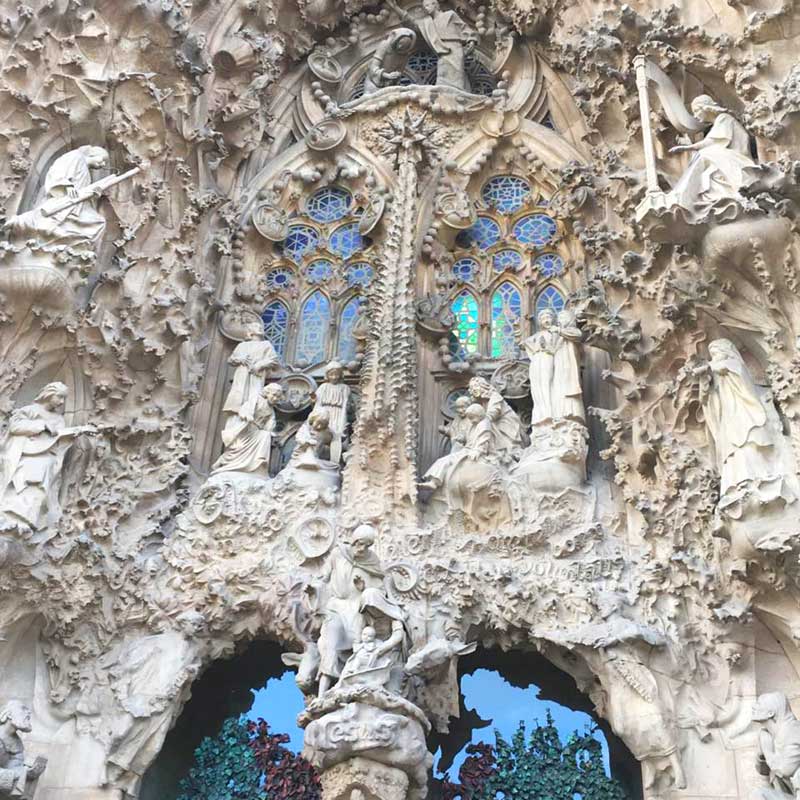
La Sagrada Familia has three separate facades and each one represents one of the three crucial events of Christ’s existence. The first one, the Nativity facade, has been declared a World Heritage Site by UNESCO, together with the Crypt of the Basilica and six other works by Gaudí. The Nativity facade is dedicated to the birth of Jesus and is elaborately decorated with detailed sculptures of the Virgin Mary, the Nativity, the Star of Bethlehem, the Three Wise Men, the shepherds, the Holy Trinity and the Tree of Life.
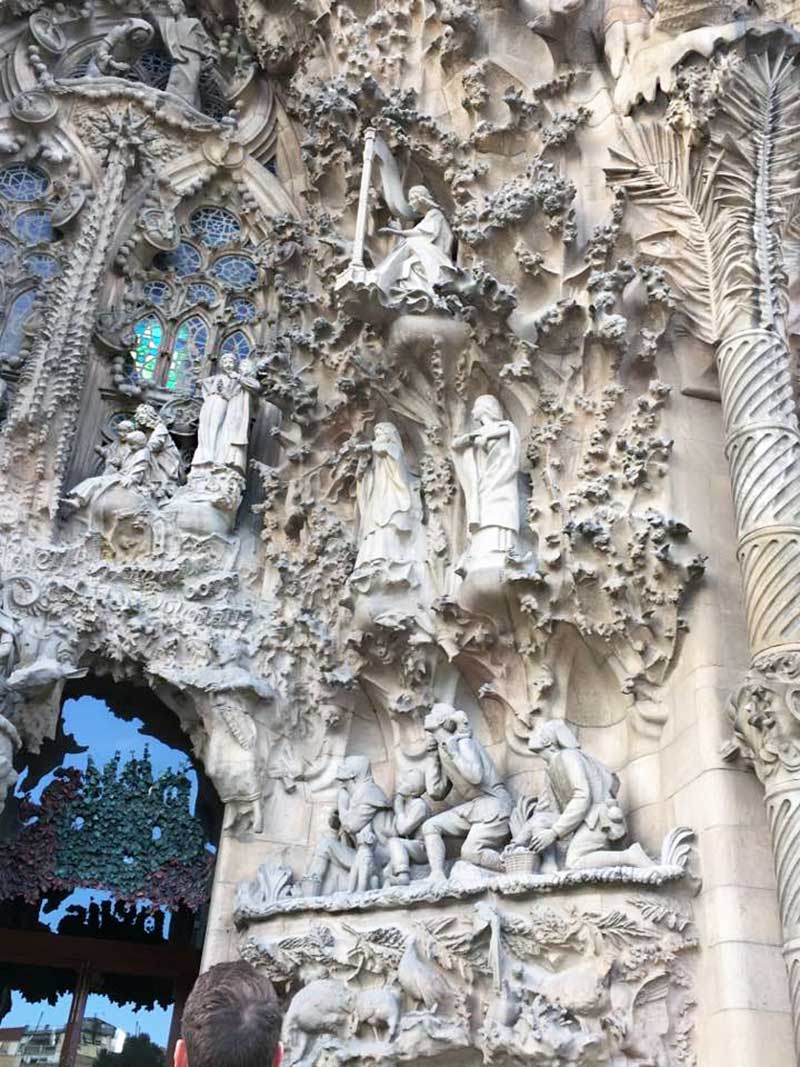
The second facade, the Passion facade, is dedicated to the suffering of Jesus Christ during his crucifixion. The style is strikingly different from the Nativity facade for two reasons. The facade symbolizes the sins of human beings, which could explain why the design may seem grim in comparison. Also, since the construction of the facade was carried out after Gaudí’s death, there were several architects who contributed their own twist to Gaudí’s design.

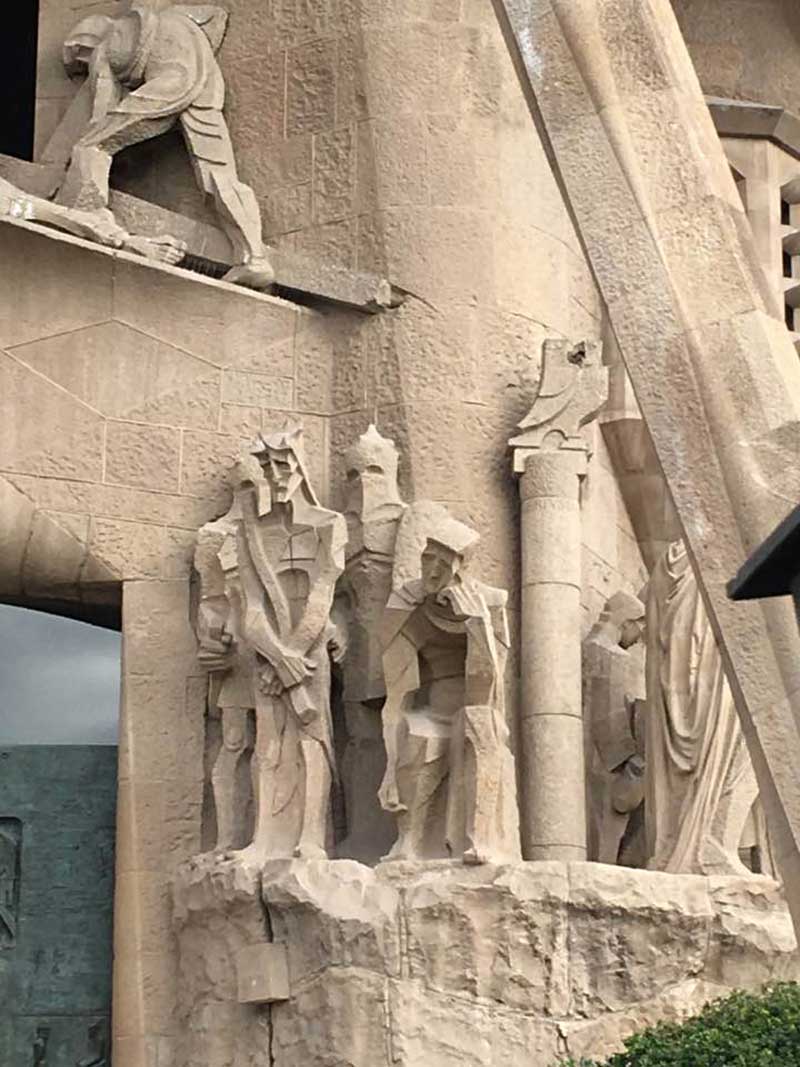
The third facade, the Glory facade, is the largest and is still under construction. It’s dedicated to the Celestial Glory of Jesus and represents the road to God – Death, Final Judgment, and Glory.
The Tower on the Passion Facade and the Tower on the Nativity Facade both have elevators to the top. If you don’t mind heights, it’s a thrilling experience. Both towers offer breathtaking views but the Tower on the Passion Facade is directly over Barcelona and is slightly higher.
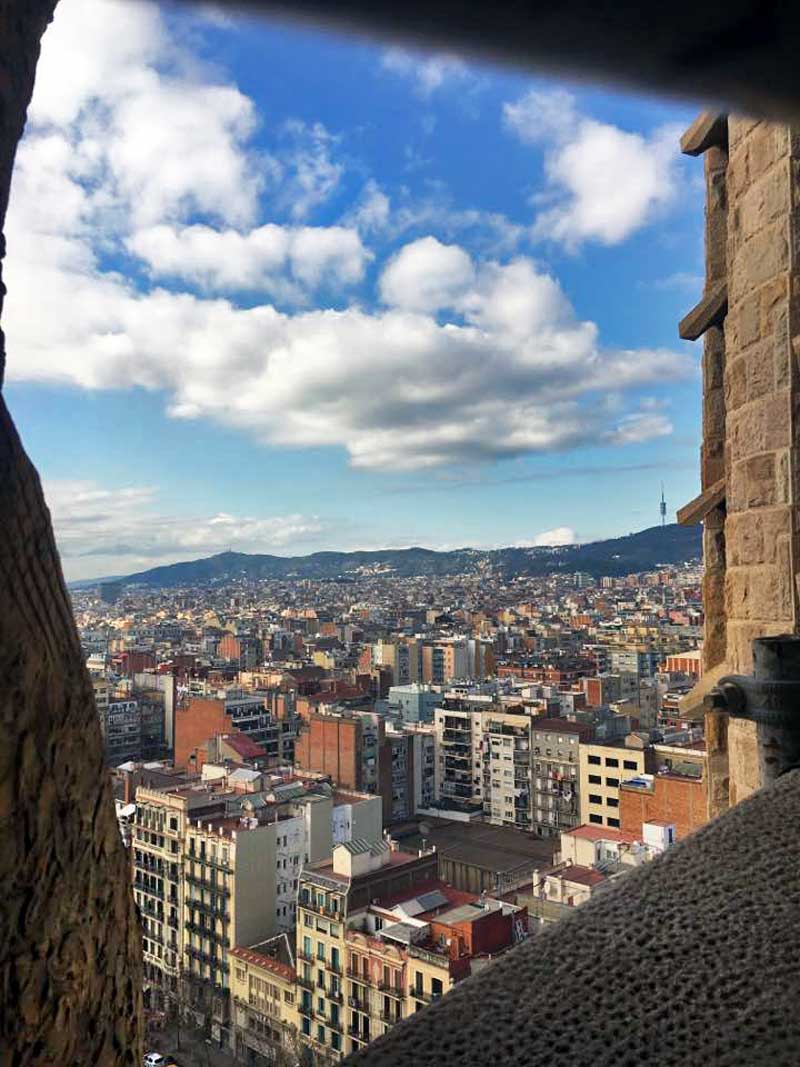
Gaudí’s spirituality and his connection with nature inspired all of his work. True to Gaudí’s style, every element inside the church is symbolic. The large white pillars are meant to look like trees in a forest, branching out towards the ceiling where they meet starlike patterns that are said to represent the heavens.
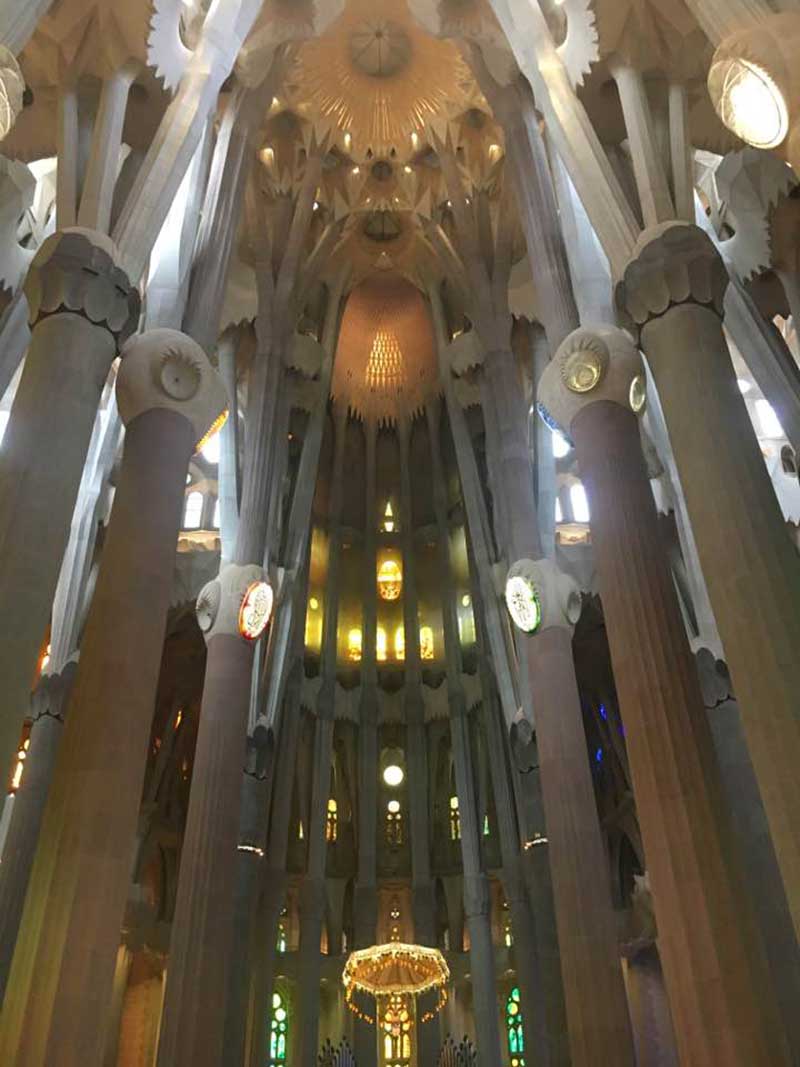
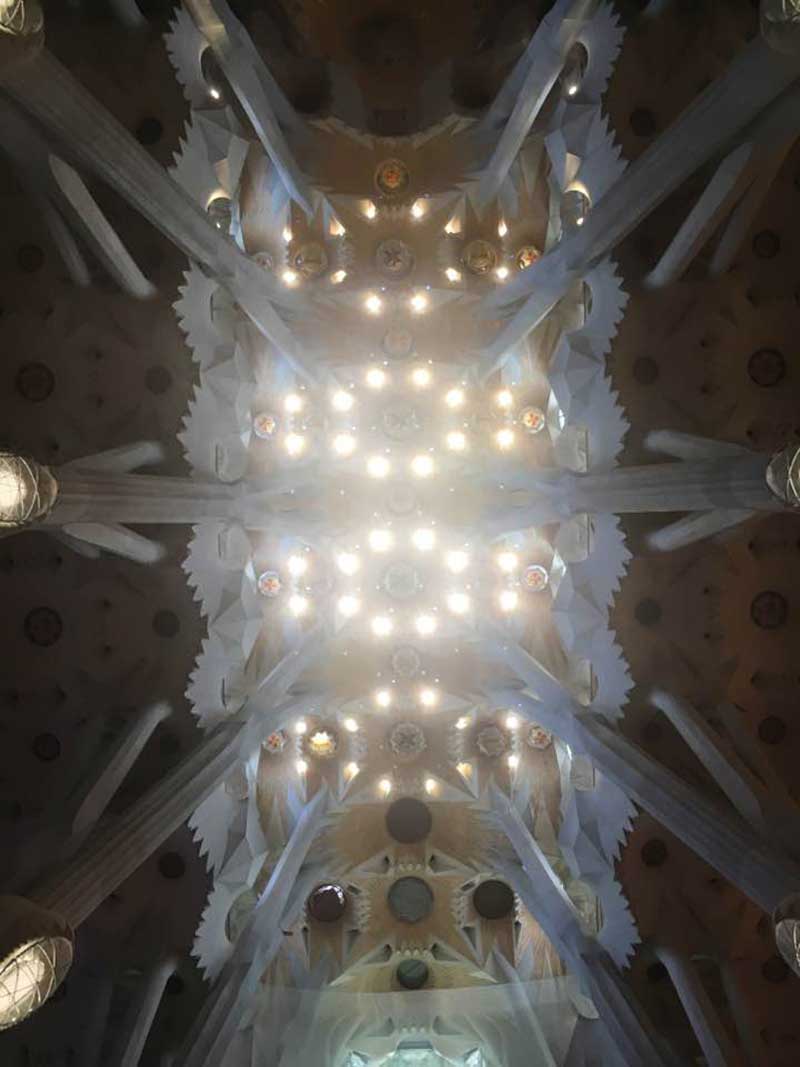
The stained glass windows are bright and colorful. When the sun illuminates them, a stunning display of color and light shines onto the walls of the church.
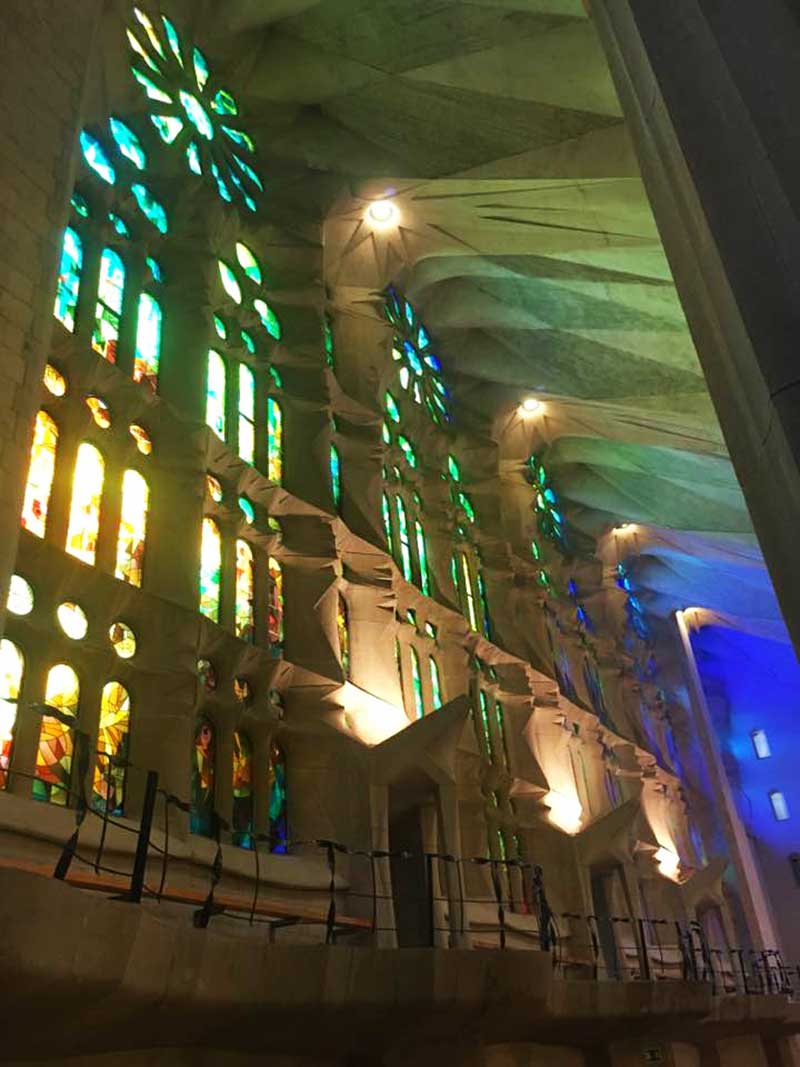
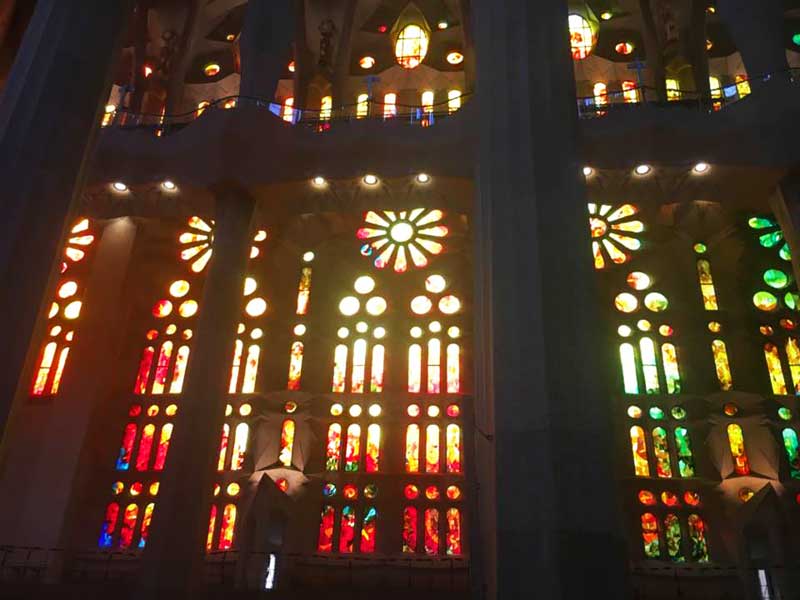
Antoni Gaudí died tragically at age 73 after he was hit by a trolley car in Barcelona. Disheveled and dressed in shabby clothing, he was mistaken as a homeless person and wasn’t given immediate help. He succumbed to his injuries 3 days later.
The underground level of La Sagrada Familia is home to the tomb of Gaudí. Visitors can see his grave in the crypt and visit the museum that documents his life and work as well as the history of the church. His tomb is surrounded by four chapels, each dedicated to a different figure. Gaudí’s tomb is held in the chapel dedicated to the El Carmen Virgin.
To call La Sagrada Familia a masterpiece may be an understatement. It’s considered by many to be the most beautiful church in the world and speaking from personal experience, pictures cannot do it justice.
Check out one of our many tours that visit the extraordinary Sagrada Familia: passports.com/tour/madrid-to-barcelona

Category: For Teachers, Travel Tips, Travel Inspiration
